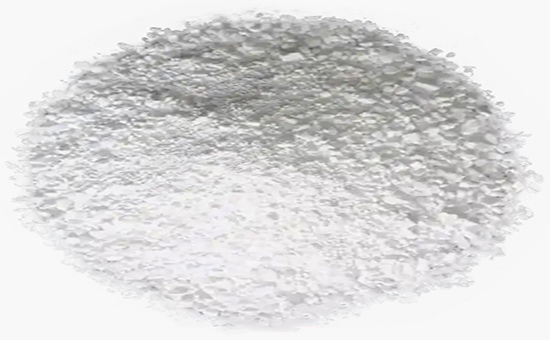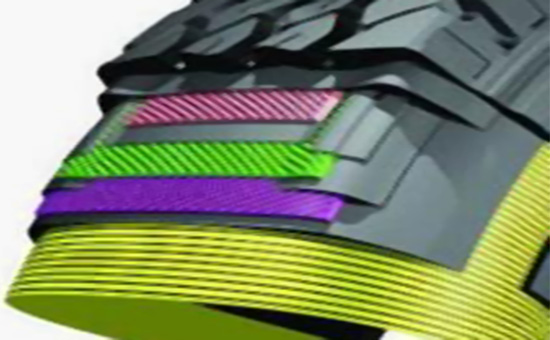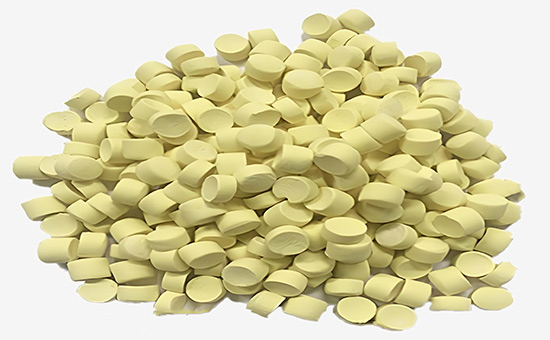Mixing is an important part of the processing process of recycled rubber products, which is the process of mixing raw rubber (such as natural rubber or synthetic rubber) with various compounding agents (such as fillers, plasticizers, vulcanizing agents, accelerators, antioxidants, etc.) under certain temperature and pressure conditions through mechanical shearing and stirring to make rubber materials with certain performance and plasticity. Before mixing the reclaimed rubber, the compounding agent should be properly treated, so that the compounding agent can be evenly dispersed in the rubber and effectively improve the mixing effect.
Before the mixing of recycled rubber, the compounding agent that does not meet the technical requirements must be processed in advance, mainly including the crushing of the solid compounding agent, the drying and screening of the powdered compounding agent, the melting and filtration of the viscous compounding agent, and the dehydration and filtration of the liquid compounding agent.
1. Crush
The lumpy or coarse-grained compounding agent in the formula of recycled rubber products needs to be crushed and ground fine before mixing, so as to facilitate dispersion in the rubber compound; The degree of crushing of the compounding agent should be determined according to its properties, such as stearic acid and paraffin should not be more than 10 grams, and the asphalt should not be crushed too finely, otherwise it will cause melting or adhesion. The commonly used crushing equipment for rubber compounding agents includes disc crusher, ball mill and hammer crusher; Different compounding agents have different crushing methods, such as asphalt, rosin and other block compounding agents are commonly crushed by hammer crushers.

2. Drying
The compounding agent with large water content in the reclaimed rubber products needs to be dried before mixing, and the water content in the compounding agent is too large, the compounding agent is easy to agglomerate, difficult to screen, and vulcanized rubber is easy to produce bubbles. Therefore, 4LYY718 must dry this kind of compounding agent before mixing reclaimed rubber, and various drying equipment such as drying chamber, vacuum drying oven, oven or spiral dryer can be used; Remove or reduce the moisture and low volatile impurities in the compounding agent, and heat and dry them in a special warming chamber or dryer.
In actual production, when the compounding agents such as sulfur, accelerators and antioxidants with low melting points are dried, the drying temperature should be 25-40 °C lower than their melting points to avoid melting and agglomeration. When sulfur is drying, it is recommended to spread it thinly in a drying tray first, and then dry it at 35-45 °C; Removal of water and sulphurous acid from sulfur. The drying temperature of inorganic mineral fillers can be above 80°C. The degree of dryness of the compounding agent should be controlled according to its moisture content. Generally, the moisture content should be controlled below 1.5%.

3. Screening
Screening can remove mechanical impurities such as sand, wood chips and large particles of the compounding agent itself mixed in the compounding agent, which will not only reduce the physical and mechanical properties of the reclaimed rubber vulcanized rubber, but also damage the equipment in the process of production and use, and even cause personal accidents. The reclaimed rubber compounding agent can be screened by vibrating screen, drum screening machine or spiral screening machine; The main component of the screening machine is the screen; Depending on the use of the compound, the compounding agent can be screened with sieves with different mesh specifications.
4. Melting, filtration, and evaporation (dewatering)
Solid softeners with low melting point and liquid softeners with high viscosity are used in the production of reclaimed rubber products, and it is recommended to heat and melt or reduce the viscosity by heating, and then filter with a special screen to remove mechanical impurities; Filtration should be done while hot after melting or heating. If the moisture content in the liquid compounding agent exceeds the specified technical standards, special heating and evaporation dehydration are required.

5. Preparation of master rubber and paste
Carbon black, accelerators, colorants, etc. are made into masterbatch rubber or paste, or zinc oxide, sulfur, accelerator, colorant, etc. are made into masterbatch rubber for use, which can promote the uniform dispersion of compounding agents, prevent agglomeration, reduce flying losses in the mixing process, and improve the mixing and processing environment. The manufacturing of the masterbatch is carried out on the rubber mixer. During manufacturing, the compounding agent and raw rubber used can be mixed evenly in the rubber mixer according to a certain proportion.
When using reclaimed rubber to produce rubber products, the performance of rubber compound directly affects the subsequent processing process and the performance of the finished product, so the compounding agent must be properly treated in advance. In the future, I will share with you the mixing characteristics of reclaimed rubber and compounding agent and the key points of the mixing process.
Exclusive original article [commercial authorization] reprint, excerpt and excerpt in any form are prohibited without written authorization. Focus on Hongyun rubber: learn the process formula and raw material technology of producing rubber products from recycled rubber to help you reduce costs and increase profits